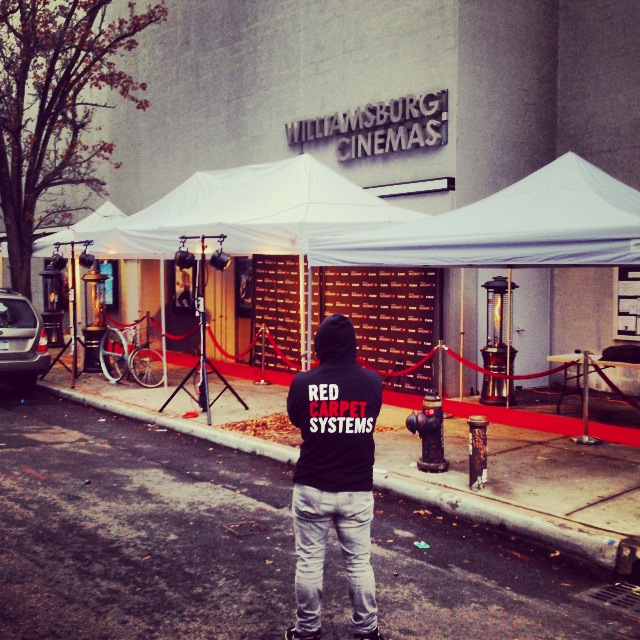Revolutionizing Audience Interaction Via Immersive Virtual Reality Experiences in Real-time Performances
Revolutionizing Audience Interaction Via Immersive Virtual Reality Experiences in Real-time Performances
Blog Article
Within the past times, virtual reality has become a potent tool for enhancing viewer engagement in real-time performances. This technology allows viewers to immerse oneself in a three-dimensional setting, crafting a distinct experience that traditional media cannot easily duplicate. Through utilizing VR, producers can transport audiences into the heart of the performance, making them sense as if they are integral of the show. This innovative approach not only captivates audiences but also unlocks new opportunities for storytelling and interaction.
One of the key advantages of employing VR in real-time productions is the ability to forge a greater engaging encounter. Audiences can engage with the show in real-time, influencing the result or discovering different viewpoints. For instance, in a theater show, audiences using VR goggles can select to pursue particular roles or scenes, allowing them to customize their encounter. This degree of engagement fosters a deeper connection between the audience and the performance, rendering it even memorable and significant.
Moreover, VR technology can improve the sight and sound aspects of a real-time performance. Using top-notch visuals and audio engineering, creators can create stunning environments go to the website that attract viewers in. This engaging characteristic can elevate the overall encounter, rendering it even more captivating and pleasurable. For instance, a musical performance can be converted into a rich experience, where fans feel as if they are on stage with the performers. Such enhancements not only attract larger audiences but also encourage repeat attendance, as viewers look to re-experience the thrill.
In addition enhancing viewer involvement, VR can also offer insightful data for creators. Through examining how audiences interact with the virtual environment, creators can gather data on audience likes and actions. This data can guide future productions, helping to customize material to more effectively satisfy the demands and desires of the audience. As a result, VR not only enriches the current encounter but also adds to the development of live performances as a complete entity.
With the advancements progressing to evolve, the potential for VR in live performances is immense. From theater and musical events to athletic competitions and celebrations, the opportunities are endless. By embracing this innovative approach, producers can revolutionize the way audiences engage with real-time performances. With more creators explore the incorporation of VR, it is probable that we will witness a shift in how performances are designed and presented, eventually resulting to a more immersive and participatory prospect for live productions.